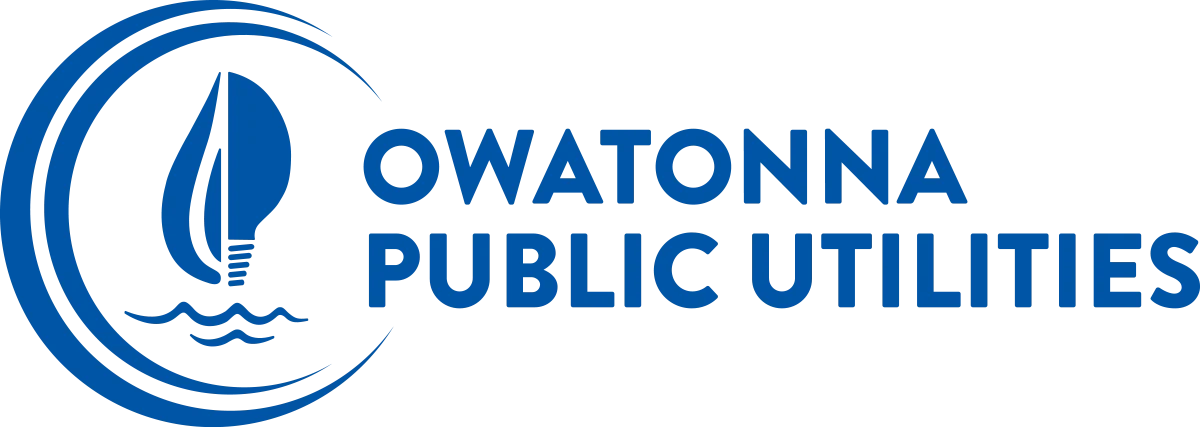
By Roger Warehime, Manager, Energy Management & External Relations
In the May newsletter I encouraged you to drink tap water instead of bottled water. I talked about how tests have shown that bottled water sold in the United States is neither safer nor cleaner than most tap water. I also talked about the fact that tap water tastes as good, or better, than bottled water. And, I mentioned that drinking tap water rather than bottled water saves money and is good for the environment.
As a way of encouraging more high school students to kick the plastic habit and choose tap water, OPU recently donated a water fill station to the Owatonna High School. This device sits on top of the drinking fountain and makes it much more convenient to fill up a refillable water bottle. The device has a digital counter which keeps track of how many bottles get filled. Since school started this fall, approximately 8,000 bottles have been filled.
One group of students at the high school decided to verify the claim that tap water tastes as good as bottled water for themselves. Mr. Seth Muir’s advanced placement biology class designed and ran a double-blind taste test. Double-blind means that in addition to the tasters not knowing which cup (A or B) was tap and which was bottled, neither did the students administering the tests. Only Mr. Muir knew which was which. The class is pictured here next to the water bottle fill station recently installed at OHS. (It happened to be pajama day).
The experiment fit well with the class curriculum. The first chapter of the students’ textbook describes the process for scientific inquiry and experimentation. The students made sure to control all variables that might otherwise influence the results. For example, they made sure that the temperature of the water was the same for both the tap and bottled water and that both were served from the same type cup. They even switched which cup (A vs. B) was tap and which was bottled from one day of testing to the next to eliminate any bias that could result from which cup was sampled first.
Another reason the experiment fit well with the curriculum was the fact that the current unit of study is on ecology and human impact on the environment. Plastic bottles have a major impact on the environment all the way from the extraction of petroleum to get the raw materials, to the manufacturing of the bottles, to the shipping of the final product, and finally to the disposal of the waste. For an interesting perspective on the ecological impact of bottle water, see the “Story of Bottled Water” at: http://www.storyofstuff.org/movies-all/story-of-bottled-water/.
So, what were the results of Owatonna’s very own water taste test? Of 139 participants, 29 indicated no preference, 58 preferred tap water, and 52 preferred bottled water. The class, assisted by Mr. Steve Benson (an advanced placement statistics teacher) verified the statistical significance of the results. Using a chi-square and a z-test analysis, they verified that there is statistically no taste preference for bottled water over tap water.
So, if it all tastes the same, why pay for something that is free? We’re hoping even more students will answer that question by filling up their re-usable water bottles at the convenient, water fill station.


A close up of the water bottle fill station installed at OHS. The station makes it easy to fill a refillable water bottle and it keeps track of how many bottles have been filled.

